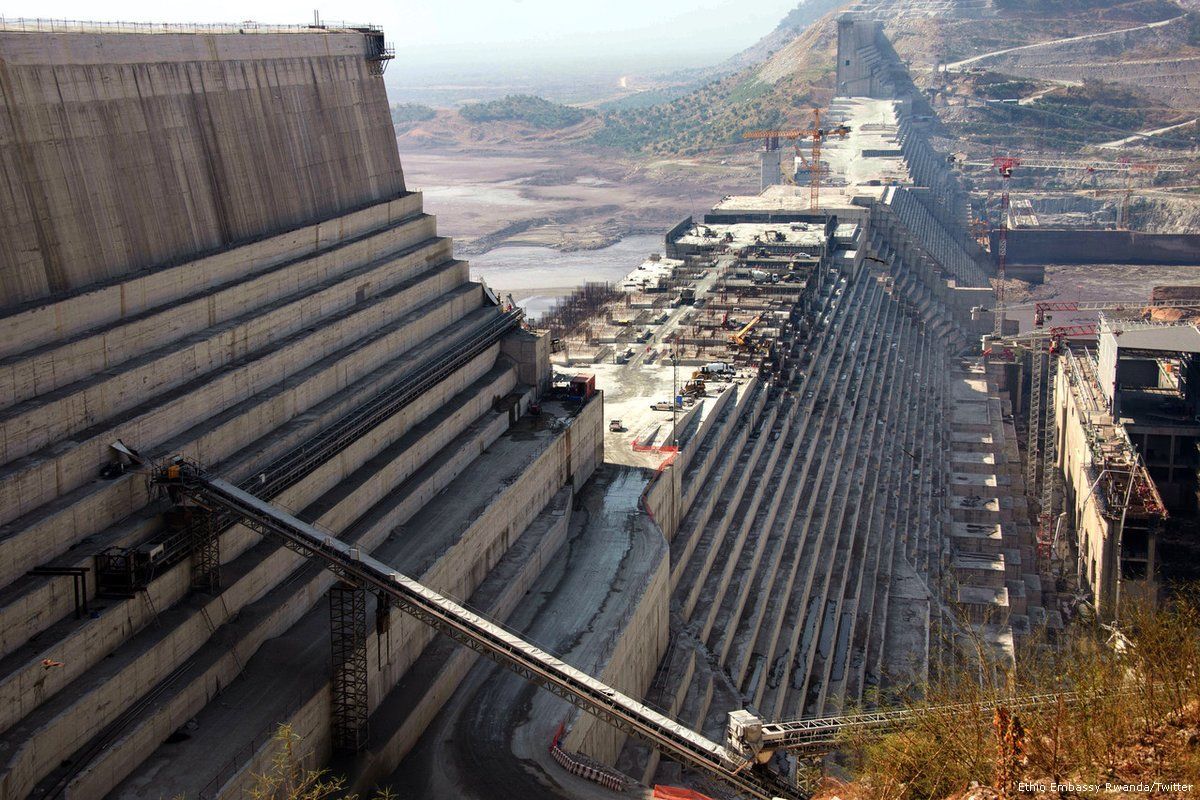
The Sudanese Ministry of Water Resources and Irrigation announced on Wednesday, October 1 a sharp decrease in the water volume arriving from the Blue Nile, dropping from 750 million cubic meters (m³) in previous days to just 382 million m³.
This sudden reduction strongly suggests that Ethiopia has closed several of the Grand Ethiopian Renaissance Dam (GERD) spillway gates, leaving only two or at most three open.
This minimal discharge will likely be enough to handle the current daily rainfall, estimated at about 300 million m³ per day, after the GERD reservoir level dropped by two meters to reach an elevation of 638 meters—a level similar to what was recorded on September 5 last year.
Expert discusses situation
The Professor of Geology and Water Resources at Cairo University, Abbas Sharaqi, commented on the situation.
He noted that the floods witnessed in Sudan in late September and early October are unprecedented in the country’s flood history, which typically peaks in August (the middle of the rainy season).
October is traditionally the final month of the rainy season, with an average daily flow of 200 million m³.
Sharaqi stated on his Facebook account that the reduction in the GERD’s discharge came in the nick of time before the Roseires Dam—a smaller dam in Sudan with a capacity of seven billion m³—could fail.
The Roseires had been receiving a massive 600–750 million m³ daily for ten consecutive days and could not have sustained a daily discharge of 750 million m³ for much longer.
He added that the two remaining spillway gates are expected to stay open throughout October, assuming the turbines remain shut, as they are now the only outlet for discharging the current rainwater.
Edited translation from Al-Masry Al-Youm




